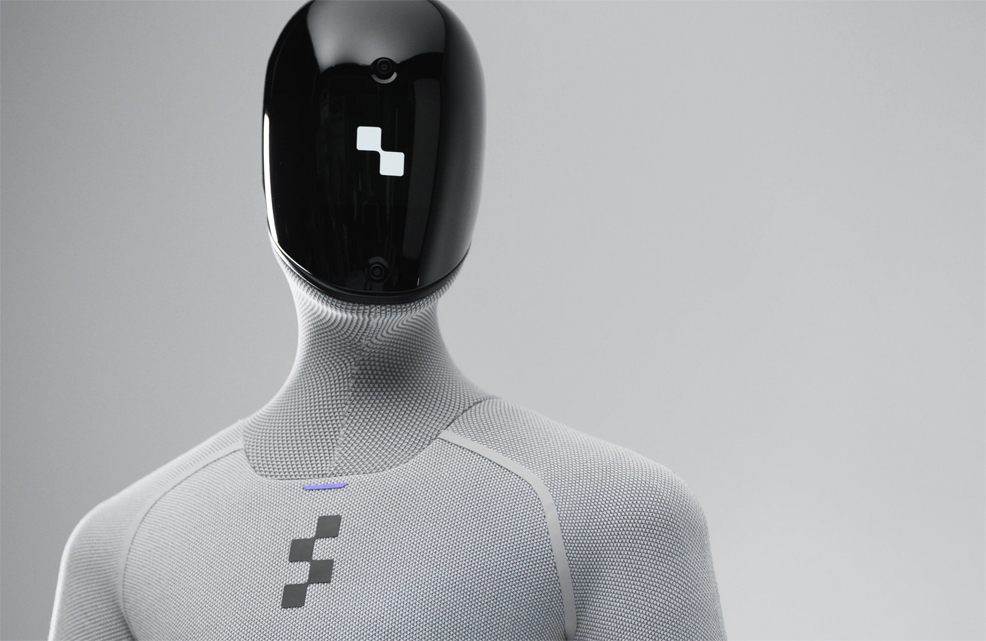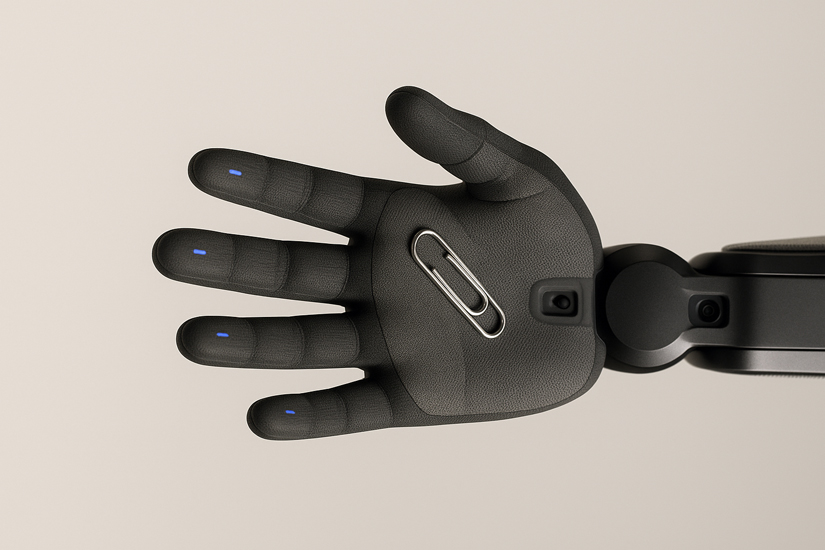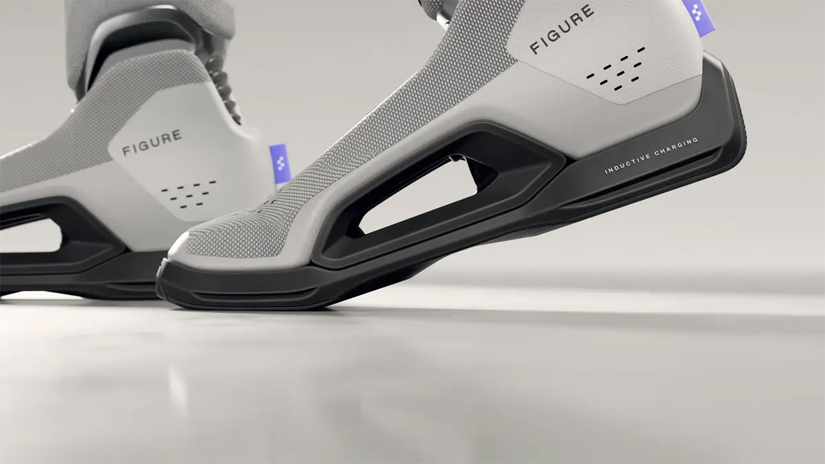
10th October 2025 Figure 03: a next-generation humanoid robot Figure 03, the latest humanoid from AI startup Figure, features major improvements in dexterity, perception and design, bringing robots closer to everyday use.
The surge in humanoid robot development is undeniable: dozens of firms are now racing to make "robots that walk among us" a reality. Recent years have seen more and more companies launching humanoid designs, and AI startup Figure has stood out for its ambition and execution. Its first model, Figure 01, proved the concept with a bipedal robot built for heavy logistics tasks. Figure 02 then raised the bar – combining improved sensors, more capable hands, conversational AI and live demonstrations in industrial settings, including trials with BMW. Figure distinguished its early robots through a blend of mechanical sophistication and the drive to create a truly generalist intelligence. This week, Figure has unveiled its third-generation model – not just an iteration, but a ground-up redesign. Figure 03 is lighter, more compact, and more suitable for real living spaces. Standing 5' 8" tall, the machine weighs 60 kg, with a payload capacity of 20 kg. It can move at 1.2 m/s and has a runtime of five hours. Compared to Figure 02, Figure 03 is 9% lighter and takes up significantly less volume, making navigation in home settings easier. Almost the entire body is now covered in a soft mesh fabric, creating a more natural and home-friendly aesthetic. Figure 03 brings other notable advances. Its vision system now offers double the frame rate, one-quarter the latency, and a 60% wider field of view, all of which greatly improve perception in cluttered indoor spaces. The robot's hands now include embedded palm cameras – to help when the main camera is occluded – combined with new tactile sensors, reportedly sensitive enough to detect forces as light as three grams (0.1 ounces).
These features enhance the robot's ability to handle delicate or irregular items much more reliably than before. The tactile and visual improvements suggest it could be more "generalised" than Figure 02 in manipulating new objects in novel conditions. The audio system has also been redesigned for better real-time speech-to-speech – the speaker is twice the size and nearly four times more powerful, while the microphone has been repositioned for clarity. As mentioned earlier, another striking change is the exterior surface: Figure 03 is covered in soft textiles and multi-density foam instead of exposed hard parts. These coverings are easily removable and washable. They can even be replaced with custom clothing options using cut-resistant fabric. The onboard battery has earned UN38.3 certification and includes multiple layers of protection. Wireless inductive charging is also supported: the robot can step onto a mat and recharge at 2 kW, via coils in its feet.
In terms of task capability, demos suggest it can fold laundry, load dishes, pick and place household items, and navigate a home environment – all autonomously or via minimal supervision. With improved sensing, tactile control, and vision, it appears better equipped than Figure 02 to adapt to messy, unstructured settings, able to learn new tasks more fluidly. Figure, which is headquartered in San Jose, California, plans to scale aggressively. Unlike its earlier prototypes, the company engineered Figure 03 from the start for mass manufacturing – designing many components specifically for die-casting, injection moulding, and stamping, instead of slow and costly CNC machining. The mechanical and electrical teams also reduced the number of parts, cut down assembly steps, and eliminated non-essential components, further trimming complexity and cost. Figure has already built a high-volume factory called BotQ, with an initial target of around 12,000 units per year and the ambition to reach 100,000 over time. Although the exact timeline remains uncertain, this clearly shows that Figure intends to shift from creating "showpiece" robots to producing commercial units in large numbers. Could robots like Figure 03 threaten human jobs? It is reasonable to anticipate some disruption to manual, repetitive, or hazardous work – roles in warehousing, simple domestic services, cleaning, basic logistics, and perhaps some forms of care support. But the current generation of robots still struggle in open, dynamic, human environments. Many tasks currently performed by humans involve adapting to unexpected situations, along with an understanding of social awareness, nuance, and subtlety – areas that robots are only just beginning to tackle. It may be more useful to see this disruption as an opportunity for progress. Instead of replacing people outright, these machines could enhance human abilities, taking over the tedious, hazardous, and physically demanding work while allowing us to focus on what humans do best – creativity, collaboration and innovation. Introduced responsibly, with sound regulation and social planning, robotics could bring about a future where human potential is fully realised.
Comments »
If you enjoyed this article, please consider sharing it:
|
||||||









